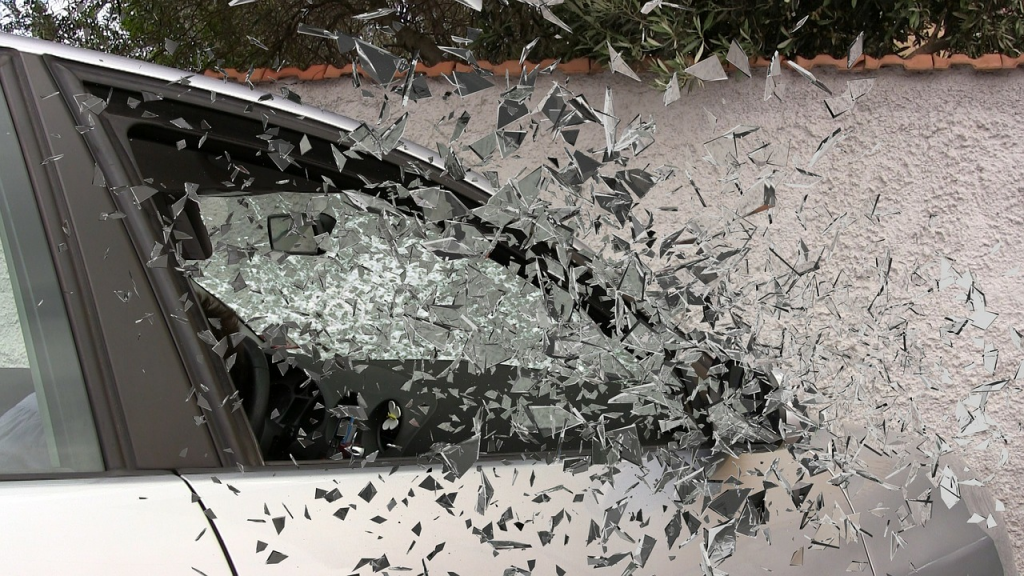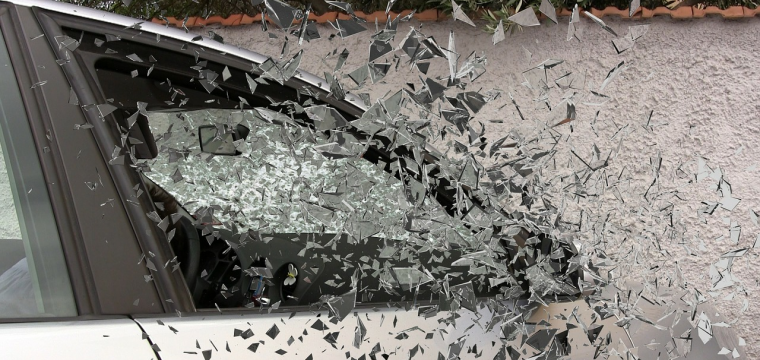
Image Source: Pixabay
When you first got your driver’s license, it probably felt like your car was the ultimate freedom, that amazing rite of passage that signaled you had grown up at last. Now your car is the thing that makes it possible for you to live your busy life, getting to and from work, chauffeuring your kids from place to place, running your never-ending list of errands. You hop in and out countless times a day without even thinking. By now, your car has just become an extension of yourself. That is, until it isn’t.
The reality is that every time you get into your car, you’re barreling down often crowded highways and interstates at 40, 50, or even 70 and 80 miles an hour in a multi-ton missile. According to current estimates, there are about six million auto accidents in the United States each year. In 2018 alone, 4.5 million people were seriously injured in car wrecks, and an estimated 40,000 lives were lost. So what should you do to protect yourself and your loved ones if someday you become involved in one of the six million accidents?
Check for Injuries
When an accident occurs, of course, by far the most important thing is to check everyone involved for injuries. Make sure there are no obvious signs of bleeding or broken bones. Watch for signs of head injury, such as disorientation, blurred vision, confusion, nausea, dizziness, or vomiting. Above all, remember that many injuries don’t manifest immediately. Even If everyone looks and feels okay, it’s still very important to be medically evaluated. Follow the advice of the first responders on the scene. If they recommend a trip to the emergency room, and they probably will, then go. The first hours after an accident are critical for detecting a hidden injury before it can spiral into a life-threatening situation.
Stay Calm and Take Charge
Even if there are no obvious injuries, an auto accident is a traumatic event. You’re probably going to be in shock and surging with adrenaline, so it’s vital to stay calm and have a plan. Call 911 and emergency services, even if the accident seems minor. Calling police to the scene will help you later when you file a claim with your insurance company and need an official police report. As you wait for the first responders, you will need to ensure that everyone is a safe distance from traffic and from the accident scene. However, if someone is injured and immobile, don’t try to move them unless there is an immediate danger in leaving them where they are.
Once everyone has been moved to a safe area, you’ll need to start thinking about your insurance claim. Make sure to get the other party’s information and give them yours. You’ll also need to document the scene. Take photos with your camera and give police a full accounting of the accident.
Repairing Your Vehicle
Even if your car seems to have escaped the accident relatively unscathed, it’s still a good idea to take your car to a trusted mechanic. Your insurance company will likely pay for some or all of the costs of collision repair. Best of all, the mechanic will be able to spot potential problems that often occur during an accident, but that may not be immediately apparent, such as issues with your car’s alignment or frame.
Repairing Yourself
No matter how seemingly minor an auto accident may be, it’s still terrifying, and the psychological effects can linger long after any physical wounds have healed. According to the APA, motor vehicle accidents are the leading cause of post-traumatic stress disorder in civilians. However, because PTSD is so frequently associated with military service, few people realize how common it is in the general population, or how often a traumatic event, such as a car accident, leads to the debilitating disorder. This can make it difficult for both the victim and their healthcare provider to recognize the signs and seek out appropriate help.
Practicing Prevention
One of the most important ways to deal with a car accident is to develop the safety habits that decrease your likelihood of being involved in an accident in the first place. In addition to defensive driving practices, such as keeping a safe distance from other vehicles on the road, it also means avoiding common distractions, from eating and drinking to fiddling with the radio or GPS.
It’s also essential to avoid the temptation to glance at the cell phone or even take a call or send a text. This is also a practice you need to model for and engrain in your teenage children, who seem to need their cell phones like they need their oxygen. Teaching them that cell phones and moving cars are incompatible may well save their lives.
Finally, it’s important to consider the impact that legal medications and psychotropic substances, from prescription painkillers and sleep aids to medicinal marijuana, have on alertness and reaction times. Indeed, as marijuana continues to gain acceptance nationwide, and as an increasing number of states legalize it for both recreational and medical use, it is quickly beginning to rival alcohol as a leading cause of drugged driving accidents.
The Takeaway
Motor vehicle accidents are distressingly common in the United States, claiming thousands of lives and resulting in millions of injuries each year. If you or someone you love is involved in an auto accident, there are important steps you should take to get your life back on track. This includes the practicalities of protecting your insurance claims and safeguarding against the financial impacts of liability and vehicle repair.
Above all, you must protect both your physical and psychological well-being, giving your mind and body the loving care they need to recover. Finally, this includes practicing prevention, from using defensive driving techniques to avoiding the dangers of distracted and drugged driving.

Leave a Reply
You must be logged in to post a comment.